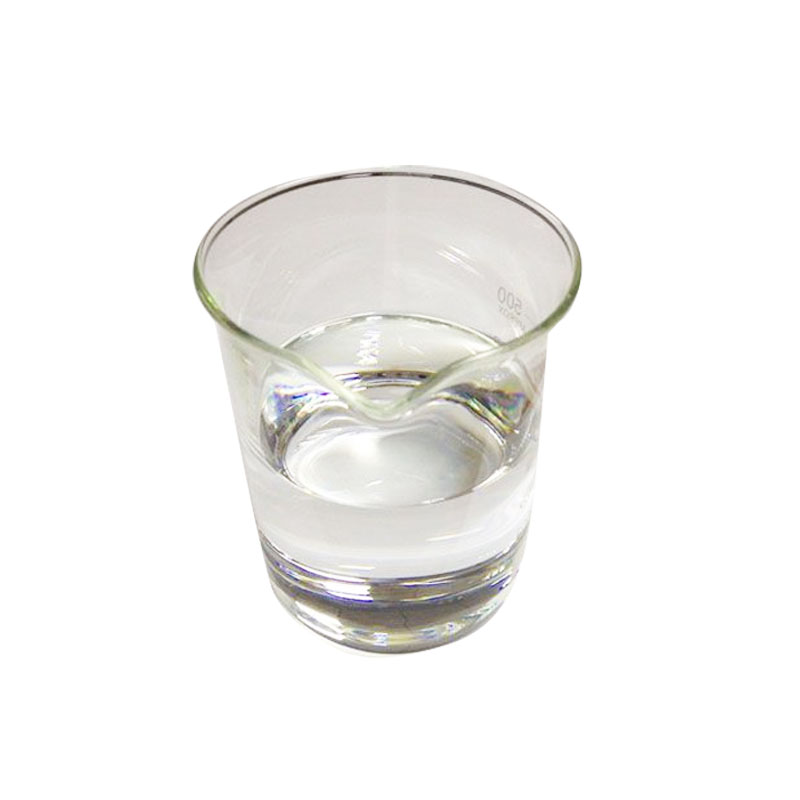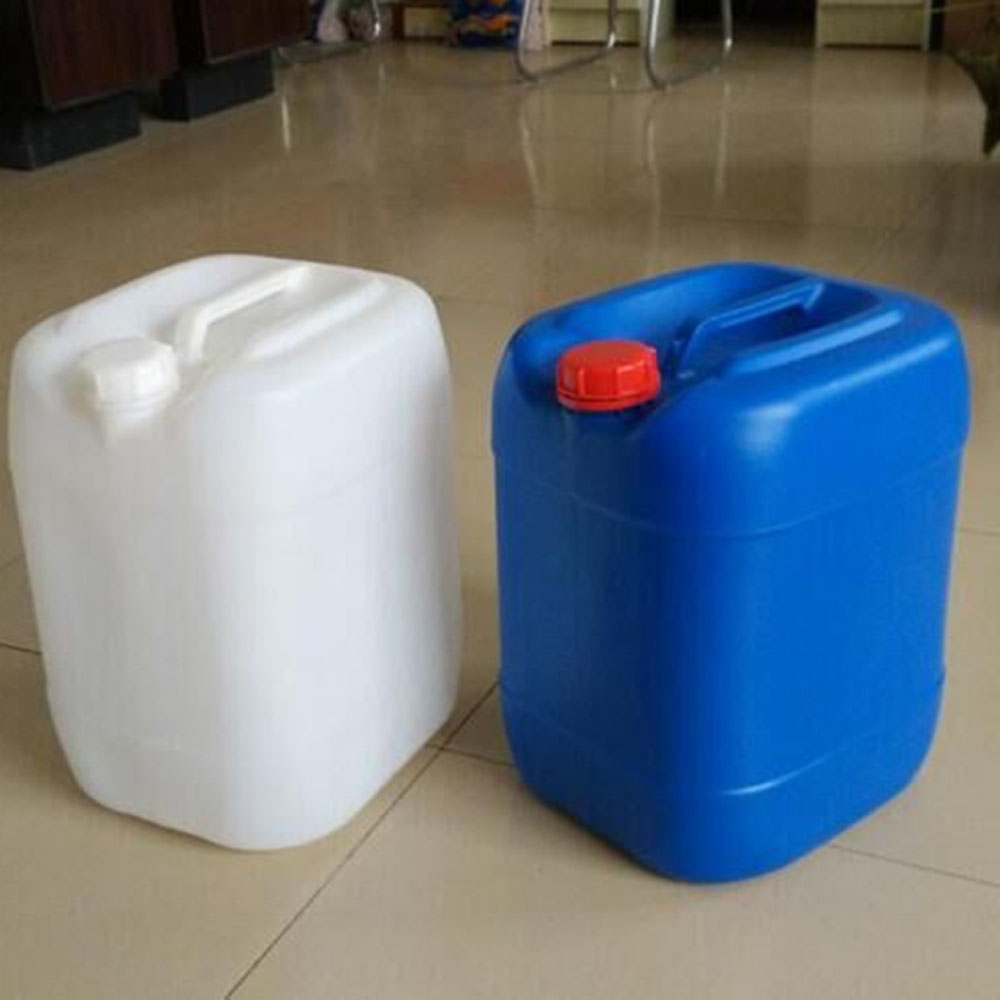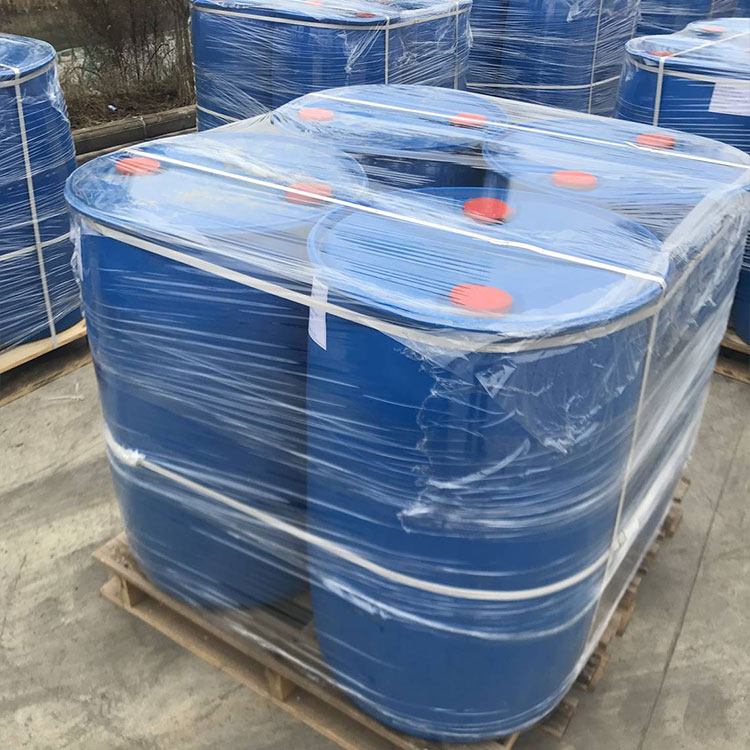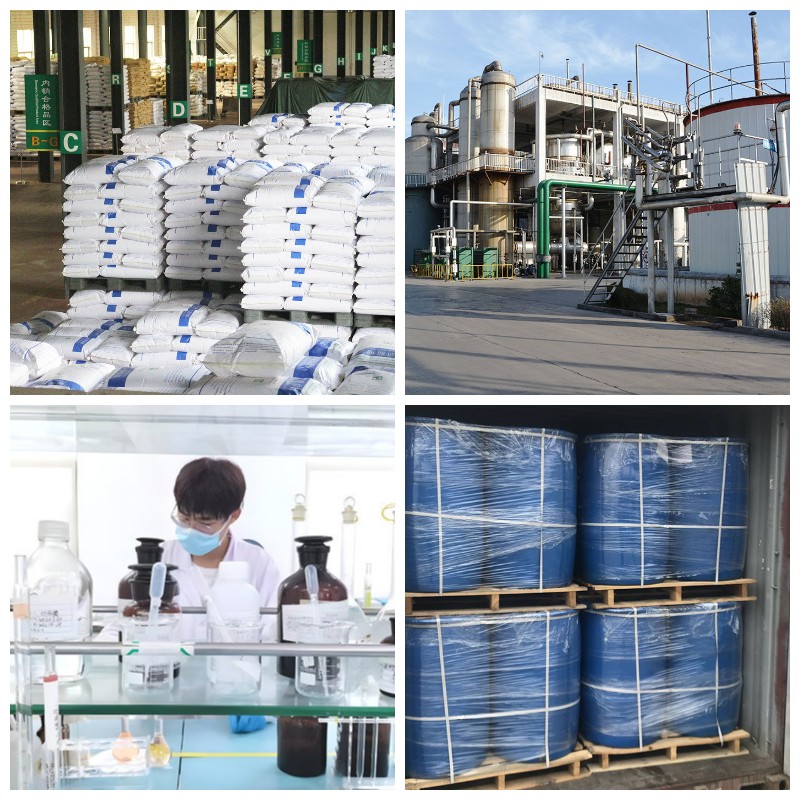Methanol CAS#67-56-1
CAS Number: 67-56-1
Chemical Formula: CH4O
Synonyms:
METHYL RED MIXED SOLUTION
METHYL RED
METHYL RED MIXED SOLUTION R
Appearance: Colorless liquid
HS Code: 2905 11 00
MOQ (Minimum Order Quantity): 1 FCL (Full Container Load)
Products Description of Methanol CAS#67-56-1
Methanol, also known as "wood alcohol", is an organic compound and the simplest saturated monohydric alcohol. It is a colorless, transparent, flammable, volatile toxic liquid. Ingestion of 5 to 10 ml can cause blindness, and drinking a large amount can lead to death. Methanol is non-corrosive to metals at room temperature (except lead and aluminum) and has a slight smell of alcohol. Relative density 0.792 (20/4℃), melting point -97.8℃, boiling point 6Chemicalbook4.5℃, flash point 12.22℃, autoignition point 463.89℃, vapor density 1.11, vapor pressure 13.33KPa (100mmHg21.2℃), vapor and air mixture explosion limit 6 to 36.5% (volume ratio), miscible with water, ethanol, ether, benzene, ketones, halogenated hydrocarbons and many other organic solvents. It is usually used as a solvent, antifreeze, fuel or neutralizer.
Parameters
| Melting point | -98 °C(lit.) |
| Boiling point | 65.4 °C(lit.) |
| density | 0.791 g/mL at 25 °C |
| vapor density | 1.11 (vs air) |
| vapor pressure | 410 mm Hg ( 50 °C) |
| refractive index | n |
| Fp | 52 °F |
| storage temp. | 2-8°C |
| solubility | benzene: miscible(lit.) |
| pka | 15.2(at 25℃) |
| form | Liquid Free From Particulates |
| color | <10(APHA) |
| Specific Gravity | 0.793 (20/20℃) |
| Relative polarity | 0.762 |
| Odor | Faint alcohol odor detectable at 4 to 6000 ppm (mean = 160 ppm) |
| PH | 6.8 (20°C in H2O) |
| Flame Color | Pale blue |
| Odor Threshold | 33ppm |
| explosive limit | 5.5-44%(V) |
| Water Solubility | miscible |
| λmax | λ: 210 nm Amax: 0.50 λ: 220 nm Amax: 0.30 λ: 230 nm Amax: 0.15 λ: 235 nm Amax: 0.10 λ: 240 nm Amax: 0.05 λ: 260 nm Amax: 0.01 λ: 400 nm Amax: 0.01 |
| Merck | 14,5957 |
| BRN | 1098229 |
| Henry's Law Constant | 4.99 at 25 °C (headspace-GC, Gupta et al., 2000) |
| Exposure limits | TLV-TWA (200 ppm) (ACGIH), 260mg/m3, 1040mg/m3 (800 ppm) 15minutes (NIOSH); STEL 310mg/m3 (250 ppm); IDLH 25,000 ppm (NIOSH). |
| Dielectric constant | 33.6(20℃) |
| LogP | -0.770 |
| Surface tension | 22.22mN/m at 298.15K |
| Surface tension | 22.7mN/m at 20°C |
| CAS DataBase Reference | 67-56-1(CAS DataBase Reference) |
| NIST Chemistry Reference | Methyl alcohol(67-56-1) |
| EPA Substance Registry System | Methanol (67-56-1) |
| Absorption | in accordance |
| Safety Information |
| Hazard Codes | Xn,T,F |
| Risk Statements | 10-20/21/22-68/20/21/22-39/23/24/25-23/24/25-11-40-36-36/38-23/25 |
| Safety Statements | 36/37-7-45-16-24/25-23-24-26 |
| RIDADR | UN 1170 3/PG 2 |
| OEB | A |
| OEL | TWA: 200 ppm (260 mg/m3), STEL: 250 ppm (325 mg/m3) [skin] |
| WGK Germany | 1 |
| RTECS | PC1400000 |
| F | 3-10 |
| Autoignition Temperature | 385 °C |
| TSCA | Yes |
| HS Code | 2905 11 00 |
| HazardClass | 3 |
| PackingGroup | II |
| Hazardous Substances Data | 67-56-1(Hazardous Substances Data) |
| Toxicity | LD50 oral (rat) 5628 mg/kg LD50 skin (rabbit) 15,840 mg/kg LC50 inhal (rat) >145,000 ppm (1 h) PEL (OSHA) 200 ppm (260 mg/m3) TLV-TWA (ACGIH) 200 ppm (260 mg/m3)—skin STEL (ACGIH) 250 ppm (328 mg/m3) |
| IDLA | 6,000 ppm |
Product Application of Methanol CAS#67-56-1
Methanol has a wide range of uses and is a basic organic chemical raw material and high-quality fuel. It is mainly used in the fields of fine chemicals, plastics, etc., to produce a variety of organic products such as formaldehyde, acetic acid, methyl chloride, methylamine, dimethyl sulfate, etc. It is also one of the important raw materials for pesticides and medicines. Methanol can be used as a new type of clean fuel after deep processing, and can also be added to gasoline for combustion.
Methanol easily undergoes esterification reaction with sulfuric acid and carbonic acid. At 0°C, it is difficult to react with hydrochloric acid; at 160°C and under the action of sulfuric acid, metaphosphoric acid or boron trioxide, methanol can lose water to form methyl ether CH3-O-CH3. Methanol vapor can also lose water to form ether through alumina and thorium oxide (temperatures are 200 and 400°C, respectively). Methanol can be used as a solvent. Metal halides and organic acid salts are more or less soluble in methanol, sulfates have extremely low solubility, and carbonates are completely insoluble in methanol. Methanol is also a raw material for the production of formaldehyde, formic acid, and inorganic or organic acid esters.
Factory and Equipment Show
Fast delivery time
Inventory 2-3 working days New production 7-10 working days










